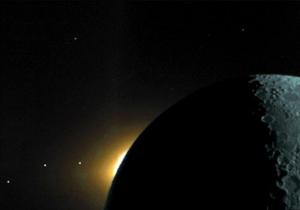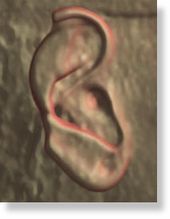
In the real world, a newly built supercomputer that is the most powerful ever dedicated to science will be tackling questions about climate change, supernovas, and the structure of water.
The projects were chosen in a peer-reviewed process designed to get the computer producing useful science even during the period when its performance is still being fine-tuned by engineers.
Jaguar is located at the National Center for Computational Sciences (NCCS), part of Oak Ridge National Laboratory, Tennessee, and has a peak operating performance of 1.64 petaflops, meaning it can perform more than a million billion mathematical operations every second.
Jaguar has 181,000 processing cores, compared to the one or two found in most desktop machines. The world's only more powerful computer is the US Nuclear Security Administration's 1.7-petaflop Roadrunner at the Los Alamos National Laboratory in New Mexico.









